Antique dining tables are available in many styles and designs, which makes it difficult to identify a specific piece. The fact that companies today are parts that look like antiques makes it even more difficult to identify. Modern pieces are made with a different type of construction and by comparing the two tables, you will see the signs of a true antique. Identify your old dining table involves looking at all the parts and components of the piece.
Carefully examine the workpiece deformations, cracks and other signs of age, mostly with wooden tables. Change in size over time wood, causing defects in the part. In old tables, also will see the edges jagged, a product of primitive tools used to make tables. Glass tables will be thin and light, with some signs of tension.
Examine the workpiece for defects, which are common in old pictures. Modern boards and parts of his legs which are perfectly even, generally done by machines. Antique dining tables tend to be wooden pieces that are not exactly and may also include certain imperfections.
See how the parts of the table are kept United. On principles of screw, builders use wood dowels for combine parts; the footrests are not symmetrical and really look oblong or compensation. Also the oldest vines have an irregular appearance and tend not to flush with the table.
Examine the piece carefully for any verification a creator. Manufacturers often associated with paper label to the bottom of the table, but may have written or engraved with a name at the bottom. Check under the table for the label, as well as on the sides and legs.
Compare your table against those found in antique furniture of old books or guides. The books tell the story when the piece was made, the manufacturer, the type of wood used and other information. You will also find ways of identifying a piece from a specific provider, although there is a tag.

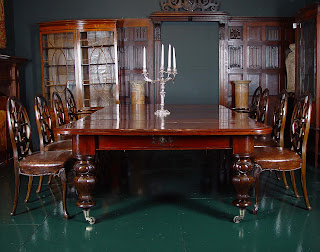

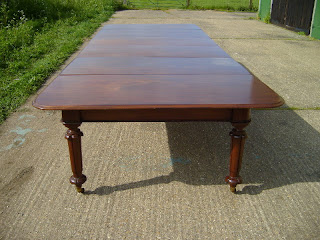

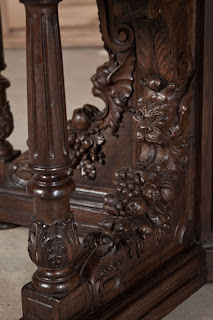

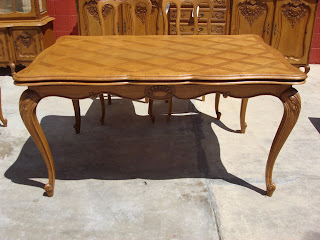




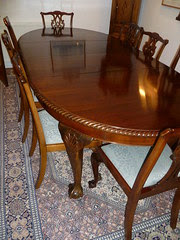



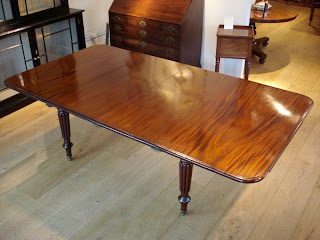


















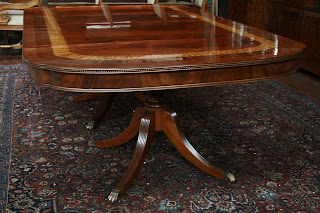




No comments:
Post a Comment